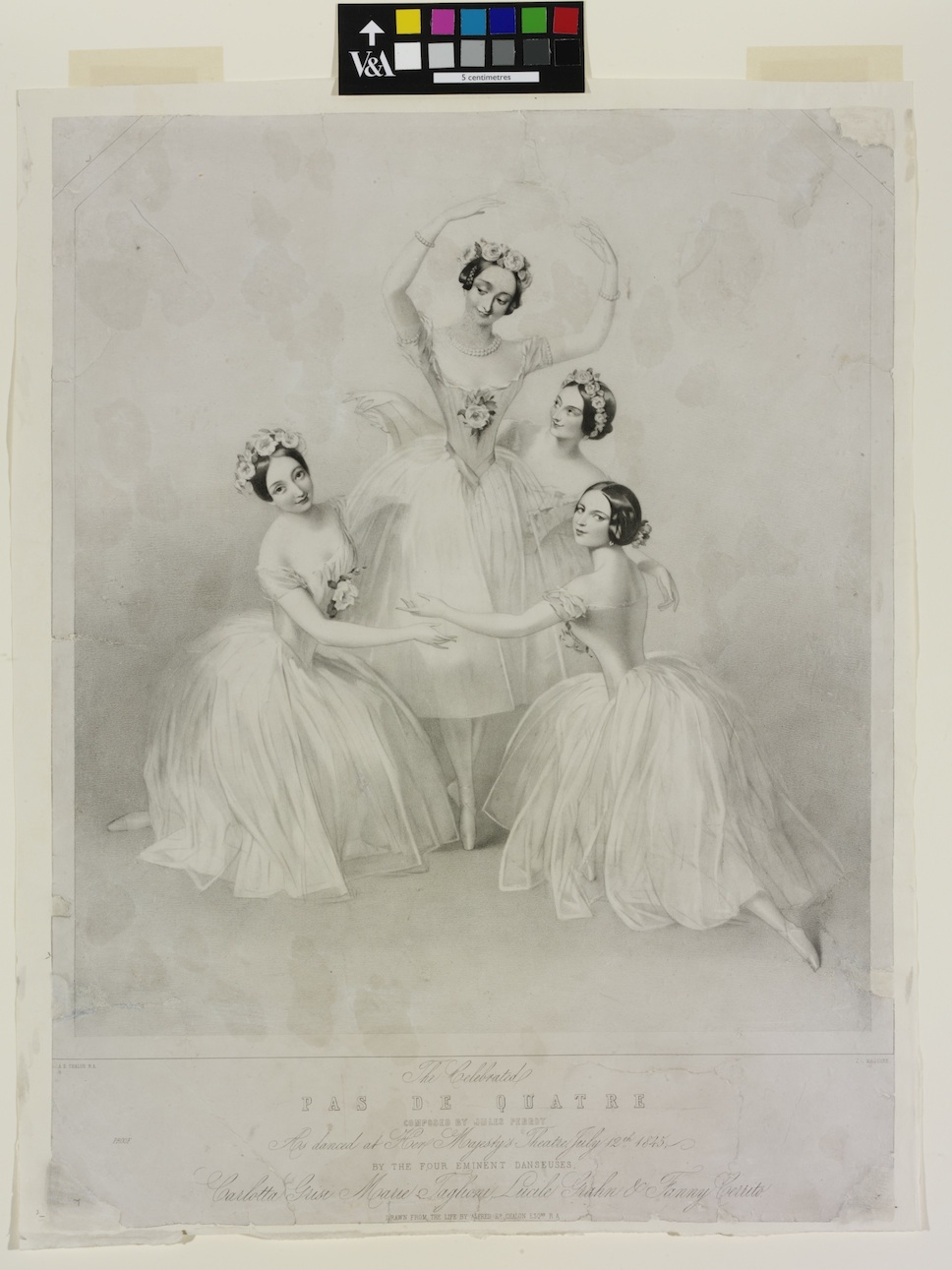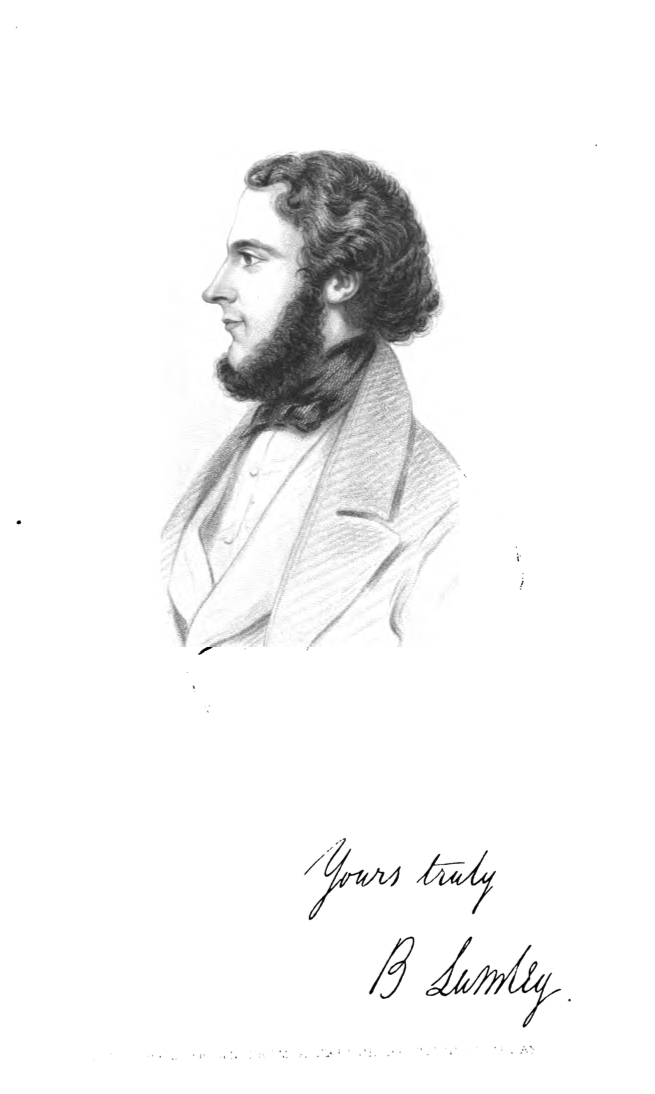fig. 6 Alfred Edward Chalon RA (artist) and T. H. Maguire (lithographer), The Celebrated PAS DE QUATRE COMPOSED BY JULES PERROT As danced at Her Majesty's Theatre July 12th 1845, BY THE FOUR EMINENT DANSEUSES, Carlotta Grisi, Marie Taglioni, Lucile Grahn & Fanny Cerrito (1845), published in London, hand colored lithograph, Victoria and Albert Museum, London
fig. 5 J. Brown, portrait of Benjamin Lumley after a sketch by Count D’Orsay (1847), lithograph, reproduced in Benjamin Lumley, Reminiscences of the Opera (London, 1864)
The head and shoulders of the theatre impresario who organized one of the most famous ballet performances in the nineteenth century is depicted here (fig. 5) on the frontispiece of his memoires.
The son of a Canadian Jewish immigrant, Benjamin Lumley was trained as a solicitor and became manager of Her Majesty’s Theatre, which was at that time the premier venue for classical dance performance in London, in 1842. This abbreviated resemblance of his figure by Alfred, Count D’Orsay (1847) is enough to qualify him as the image of a respectable citizen. The frankly delineated profile describes an unostentatious face with reasonable features. Being the owner of the means of production Lumley need only be represented as a head and enough of shoulders to display the generic uniform of an entrepreneur. Since it does not work, there is no need for his body to be present.
Benjamin Lumley’s livelihood derived to a large extent from the adornment and use of other peoples’ bodies which were, like these (fig. 6), fully and ostentatiously visible. This lithograph by the Swiss émigré artist A. E. Chalon RA and lithographer Thomas Herbert Maguire records the celebrated performance in 1845 at Her Majesty’s Theatre of a ballet divertissement called Pas de Quatre. It was choreographed by the resident French dancing master Jules Perrot to a score by the Italian Cesare Pugni and danced by the Swedish / Italian, Neapolitan, Istrian and Danish dancers Marie Taglioni, Fanny Cerrito, Carlotta Grisi and Lucile Grahn.
The print is unusual because it depicts a figure group. Single figure compositions haloing individual dancers with a Romantic vignette of landscape were more common in the 1830s and 40s. This reflects the structure of state-run theaters such as Paris Opèra and the St. Petersburg Imperial Ballet which employed one or two famous dancers to appear in the lead roles of narrative ballets alongside a corps of state trained danseuses and coryphées drawn from an attached school. Her Majesty’s Theatre in London was privately run and therefore able to contract, for a limited period, four major dancers (none of them British) to appear onstage without a corps for a ballet choreographed by a Frenchman to a score by an Italian. This administrative framework provided Perrot with the opportunity of arranging the four dancers with a non-narrative formal equality and Chalon with the opportunity of staging them in a multi figure composition novel for the genre and emblematic of the contractual grace effected by Benjamin Lumley.
Pas de Quatre was performed to critical acclaim and brought Benjamin Lumley substantial profits. Lumley was celebrated in Fraser’s Magazine for Town and Country (September, 1845) for the ‘diplomacy’ with which he had negotiated a ‘quadruple alliance’ between four of the most competitive dancers of the early nineteenth century. In the aftermath of the Napoleonic Wars, at a time when Britain had emerged paramount over France, and when that succession had relied on a Quadruple Alliance with Austria, Prussia and Russia, the appearance of four splendidly compliant European dancers united gracefully on the British stage naturally evoked the language of diplomacy from enthusiastic critics.
Chalon and Maguire’s graphic interpretation of Pas de Quatre responds to this evaluation of the dance. The ‘quadruple alliance’ adorns the dancers with a flag of white gauze and muslin, the ballerinas’ competing claims organized diplomatically and with courtly deference and delicately interlinking hands. The coy, suggestive looks of the women record feeling and agency which have momentarily submitted to the absent hold of choreographer, diplomatic impresario, artist, lithographer and publisher. Subtle modulations in posture and gesture couple with a variety of white roses, stage pearls, flounced skirts, bare Raphaelesque shoulders, bodices and styled hair to form a tableau of gracefully poised contractual stillness.


